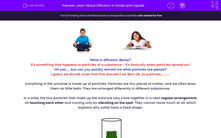

"What is diffusion, Becky?"
'It's something that happens to particles of a substance - it's basically when particles spread out.'
"Oh yes..... but can you quickly remind me what particles are please?"
'I guess we should cover that first shouldn't we Ben! Ok, so particles...........'
Everything in the universe is made up of particles. Particles are tiny pieces of matter, and we often draw them as little balls. They are arranged differently in different substances.
In a solid, the tiny particles that make up the solid are very close together in a neat regular arrangement, all touching each other and moving only by vibrating on the spot. They cannot move much at all, which explains why solids have a fixed shape.
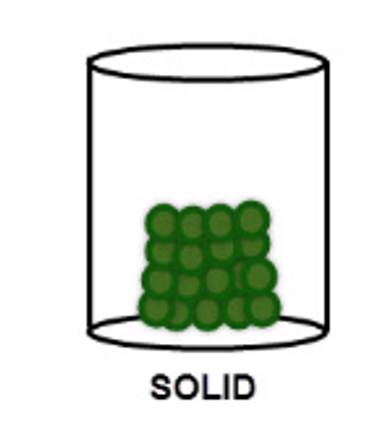
The particles in a liquid are arranged in a more random way. They are close together, most of them touching each other, but there are some small gaps. So the particles can move around a little, over each other, allowing liquids to flow and be poured. This is the reason why liquids take the shape of the container they are in.
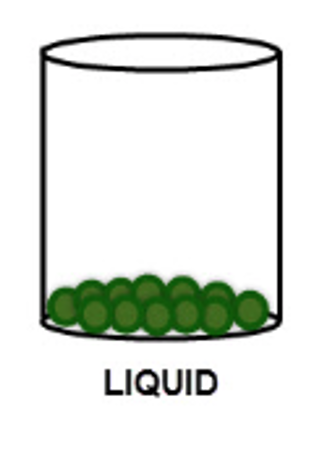
So remember we started talking about diffusion - when a substance spreads out into another substance? Well, because the particles in a liquid can move freely, the particles of other substances can diffuse through a liquid easily. But because the particles are tightly packed together in a solid, there's not really enough space or any gaps for another substance to diffuse through it.
You can see a drop of red ink slowly diffusing through a liquid below:
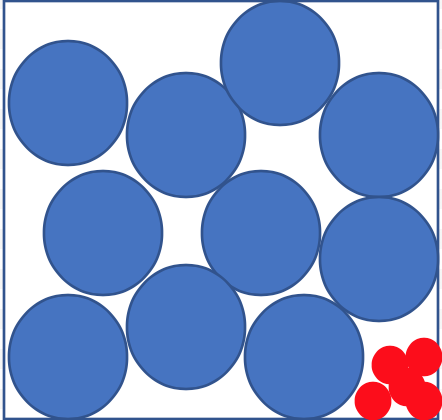 →
→ 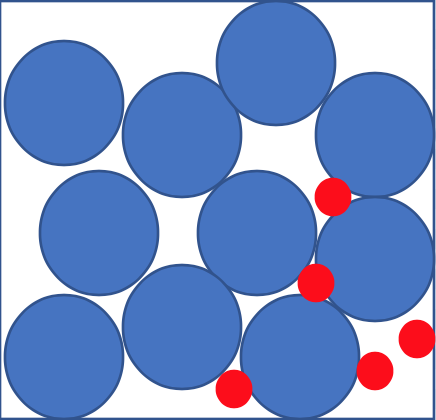 →
→ 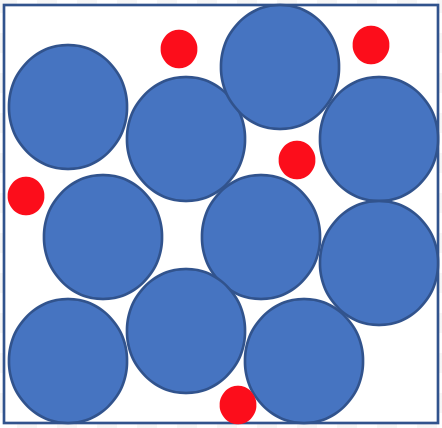
Think you know the difference between solids and liquids now, and whether or not diffusion can happen in either?
Great! Then let's take a look at a few questions.

